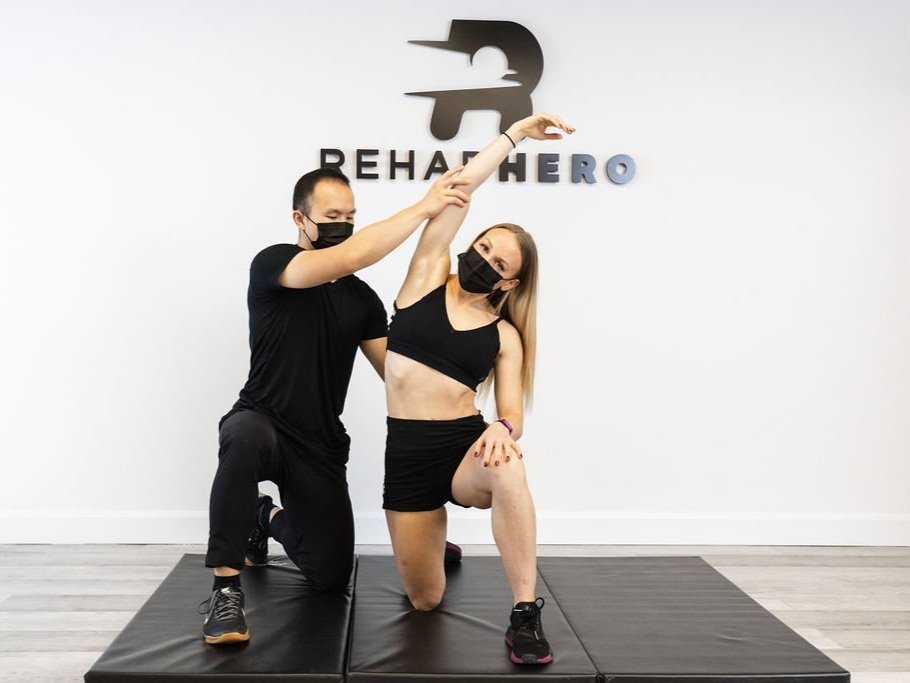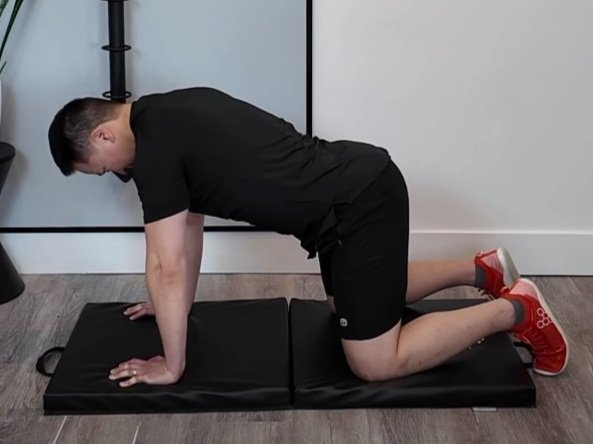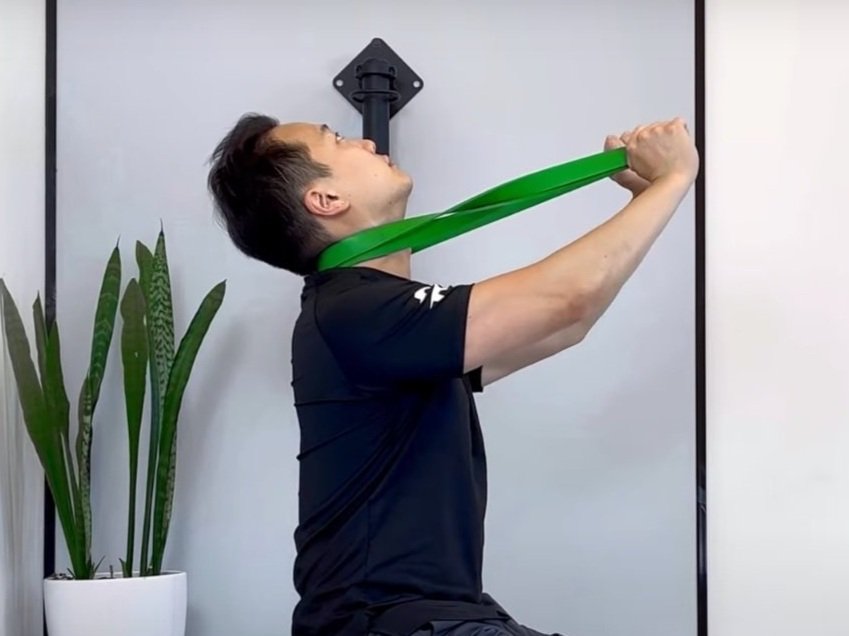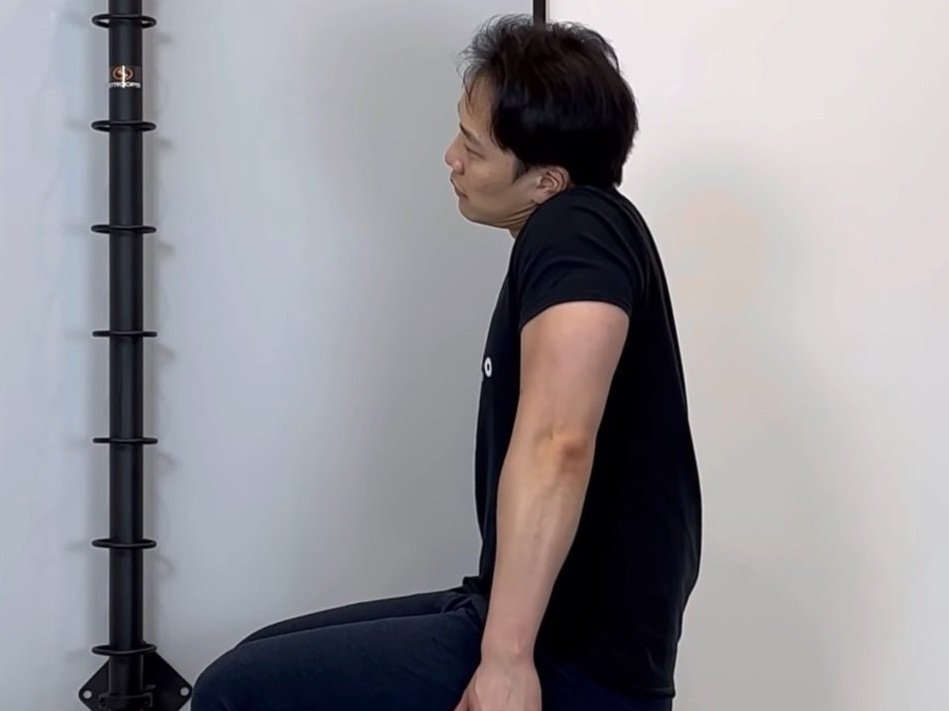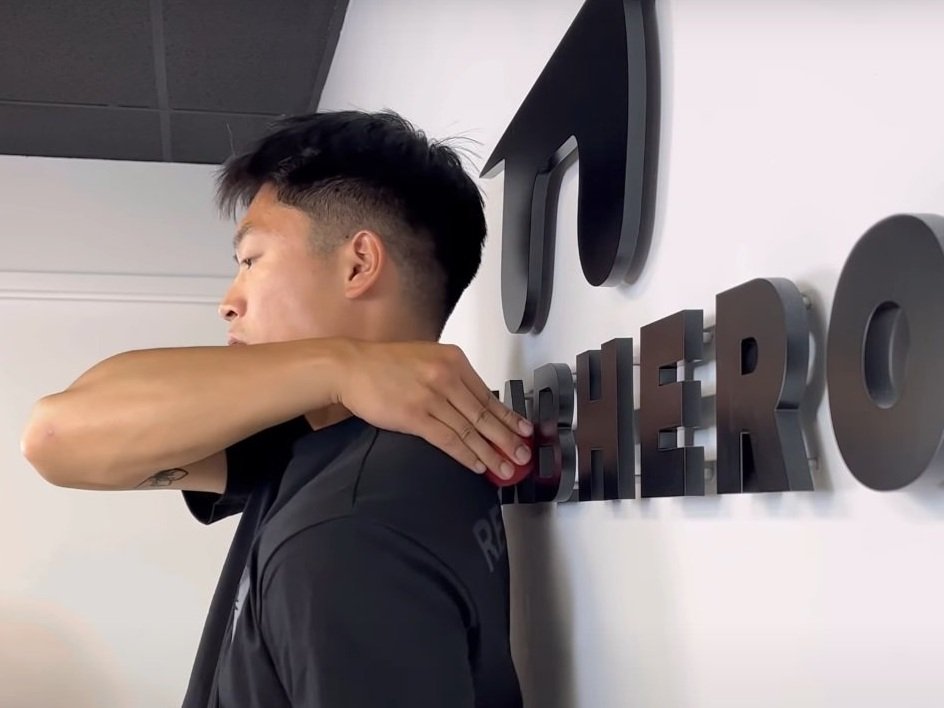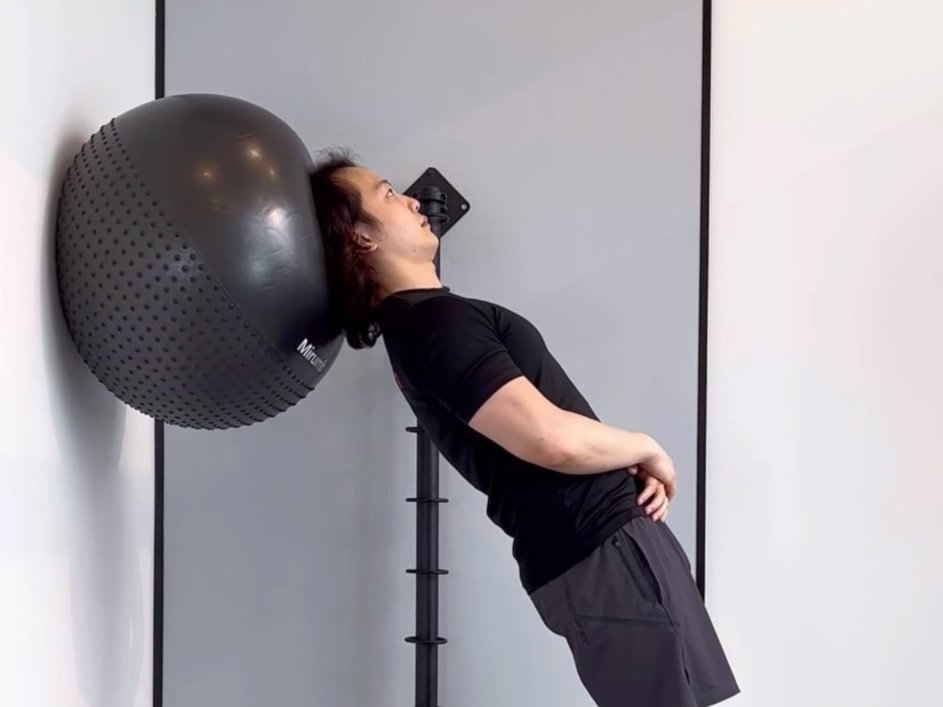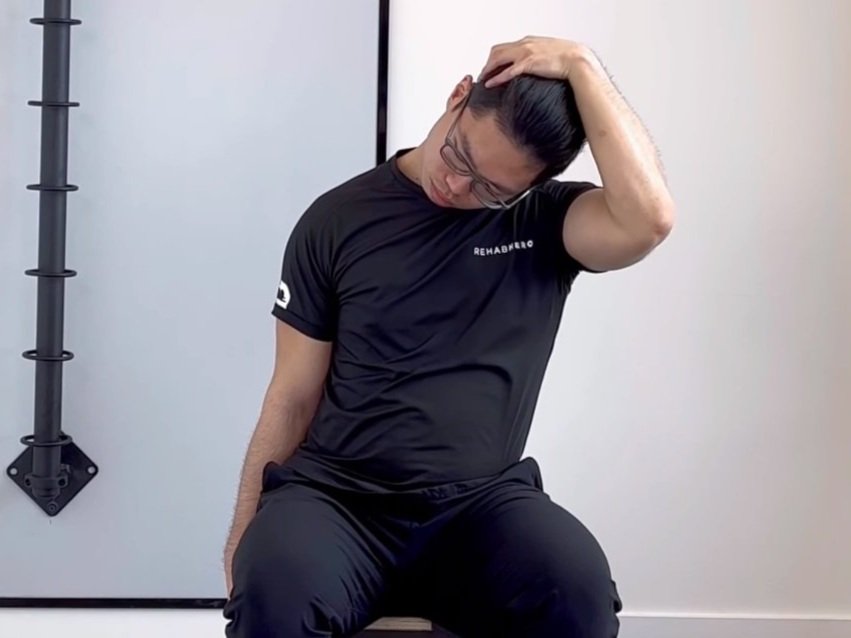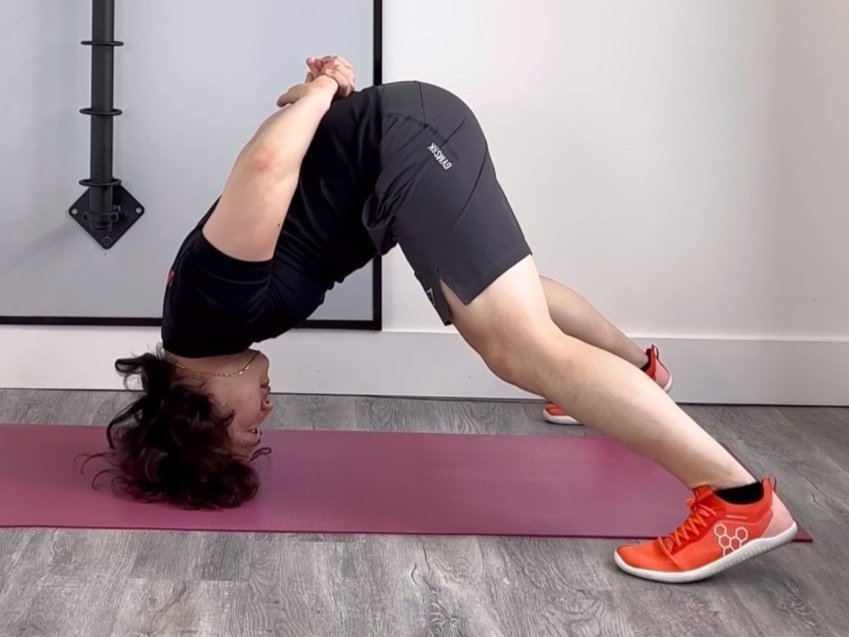Cervical Meniscoid
Why does my neck hurt?
Learn about how a cervical meniscoid can be the source of neck pain and headaches
What is a cervical meniscoid?
Meniscoids are made of connective tissue and adipose tissue. They are found at the articular capsule of the facet joints (a.k.a. zygapophyseal joints) in the cervical spine. Cervical meniscoids are there to provide additional joint stability by filling up otherwise empty spaces. However they can become pain generators as they have a large amount of pain receptors called nociceptors. Pain occurs when the cervical meniscoid becomes entrapped by the joint.
During cervical flexion the meniscoid is pulled into the joint. Entrapment of the meniscoid occurs when it fails to pull out of the joint as the neck extends. When this occurs, the meniscoid pulls on the joint capsule leading to capsular tension and generating pain.
Pain caused can lead to secondary muscle spasms and may even lead to Locked Neck Syndrome. As a result, a spasm-inflammation-pain cycle may start leading to ongoing pain and neck immobility. Prolonged neck immobility can cause joint surfaces to adapt leading to decreased mobility.
Presentation of Cervical Meniscoid Pain
Neck pain due to cervical meniscoid irritation can be reproduced when flexing the neck and then extending or twisting the cervical spine (looking down then looking up). This movement will cause entrapment of the meniscoid within the facet joint. As a result, range of motion may be limited in extension or rotation due to pain. A catching sensation may also be experienced when returning to neutral spine.
Patient history may reveal immediate sharp pain followed by muscle guarding that increases over the following 1-2 days. Patients may also reveal that the pain occurred while doing a task in an awkward position for a short or prolonged period of time.
Special Tests
Clinically, orthopedic tests can be used to diagnose Cervical Meniscoid Irritation. Often x-rays or MRIs are not required to come to a diagnosis but may be helpful for ruling out other pathologies that present similarly. Here are a few tests that may be used during your physiotherapy or chiropractic appointment:
Cervical Compression Test
Spine compression can increase localized pain as this will increase pressure applied to the meniscoid. A positive test is increased pain while applying downward pressure on the patient’s head.
Cervical Distraction Test
Spine decompression tests can relieve pain as it will alleviate pressure that is being applied to the cervical meniscoid. A positive test is reduced pain during the cervical distraction.
Additional orthopedic tests may be used to rule out your differential diagnosis. Differentials include cervical facet syndrome, cervical radiculopathy, costovertebral joint irritation, myofascial pain syndromes, and muscle strains (to name a few). To receive a thorough assessment and diagnosis with a Rehab Hero clinician use the button below to book an appointment:
Effective treatments for neck pain
Massage therapy can be effective for alleviating associated muscle spasm and pain. This will help to break the spasm-inflammation-pain cycle that will occur in response to the entrapped cervical meniscoid. Myofascial release techniques may be applied to both the neck and shoulder muscles. Assistive stretching by the massage therapist can also improve local mobility for neck function.
Joint mobilization or manipulation applied to the cervical facet joints can be applied to reduce pain depending on patient tolerance. Joint gapping can allow for release of the entrapped meniscoid to break the secondary spasm-inflammation-pain cycle. Joint mobilization techniques can be applied by qualified physiotherapists, chiropractors, osteopathic manual practitioners and massage therapists. Joint manipulation techniques can be applied by chiropractors and certified physiotherapists.
Acupuncture can be used on local points to improve local blood flow, reduce myospasm, and to promote recovery. Acupuncture may be combined with electrotherapy to help further reduce pain and muscle spasm. This can be applied by certified massage therapists, physiotherapists and chiropractors.
Took book in an appointment with a qualified Rehab Hero clinician click the button below:
Physical rehabilitation exercises for neck pain
The overall goal of a rehabilitation exercise program is to reduce pain and inflammation and to improve passive range of motion. Exercises should be within patient tolerance to prevent re-irritation of the meniscoid. Passive range of motion exercises may initially have a flexion-bias as these positions will be the most relieving due to decompression of the meniscoid. Progression to isometric strengthening exercises is used once muscle contraction becomes tolerable.
As always, it is recommended to speak with your health care practitioner about which exercises are the most appropriate for you. It is recommended to get assessed before trying the following three level 1 exercises that accomplish the aforementioned exercise goals:
2. Chin Tuck
To receive a comprehensive exercise program that is specific to your issues it is recommended to contact your health care provider. You can also visit one of our qualified Rehab Hero therapists by clicking the button below:
Written By:
Dr. David Song, Chiropractor, Rehab Coach




















